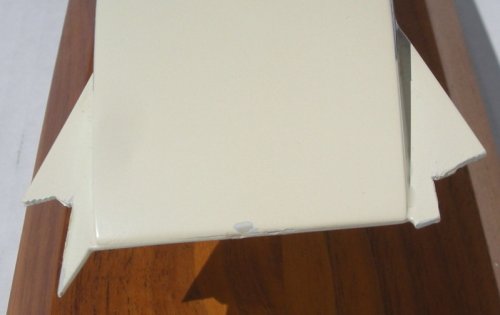KJ_Lesnick
ACCESS: Top Secret
- Joined
- 13 February 2008
- Messages
- 1,042
- Reaction score
- 114
According to Paul Czysz, he claimed that McDonnell Aerospace had an aerospace plane that probably first flew in 1963 and entered service in 1964 flying until at least 1979. I was told the plane had a smaller payload than the Space-Shuttle. It to the best of my knowledge was a single-stage to orbit design, although Czysz seemed to suggest it was a twin-stager.
Considering that McDonnell allegedly had developed scramjet designs which it tested in wind-tunnels allegedly up to Mach 22 from the 1958 to 1963 period, it is likely they used such an engine on this plane. I assume they had a variable-cycle design that could function as a ramjet and a scramjet not to mention some kind of cycle that would allow it to operate on the ground with allegedly the same degree of ease as a B-52, but I actually don't know what they did use.
Did they use LH2 for fuel, if not how did they manage to get the fuel in the scramjet to "burn fast enough" which allegedly was a problem with scramjets.
BTW: While a different design, was the 1986-era NASP design to have had close to or the same payload capacity as the Space-Shuttle?
KJ_Lesnick
Let's hope I don't get a heart-attack, disappear, contract some incurable disease or who knows what else...
Considering that McDonnell allegedly had developed scramjet designs which it tested in wind-tunnels allegedly up to Mach 22 from the 1958 to 1963 period, it is likely they used such an engine on this plane. I assume they had a variable-cycle design that could function as a ramjet and a scramjet not to mention some kind of cycle that would allow it to operate on the ground with allegedly the same degree of ease as a B-52, but I actually don't know what they did use.
Did they use LH2 for fuel, if not how did they manage to get the fuel in the scramjet to "burn fast enough" which allegedly was a problem with scramjets.
BTW: While a different design, was the 1986-era NASP design to have had close to or the same payload capacity as the Space-Shuttle?
KJ_Lesnick
Let's hope I don't get a heart-attack, disappear, contract some incurable disease or who knows what else...

